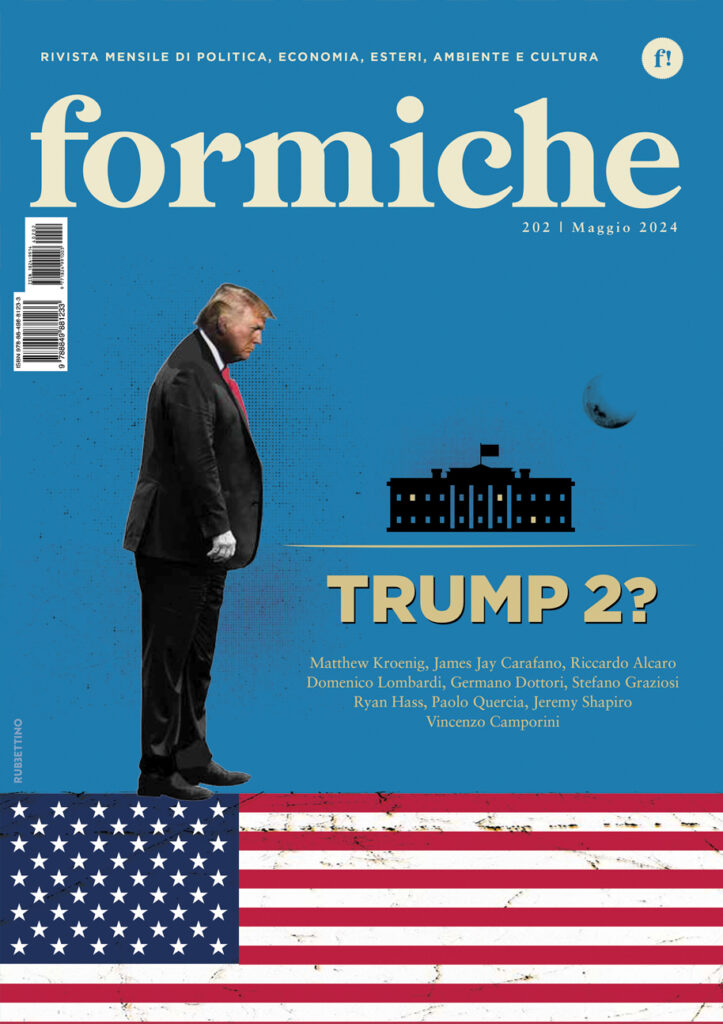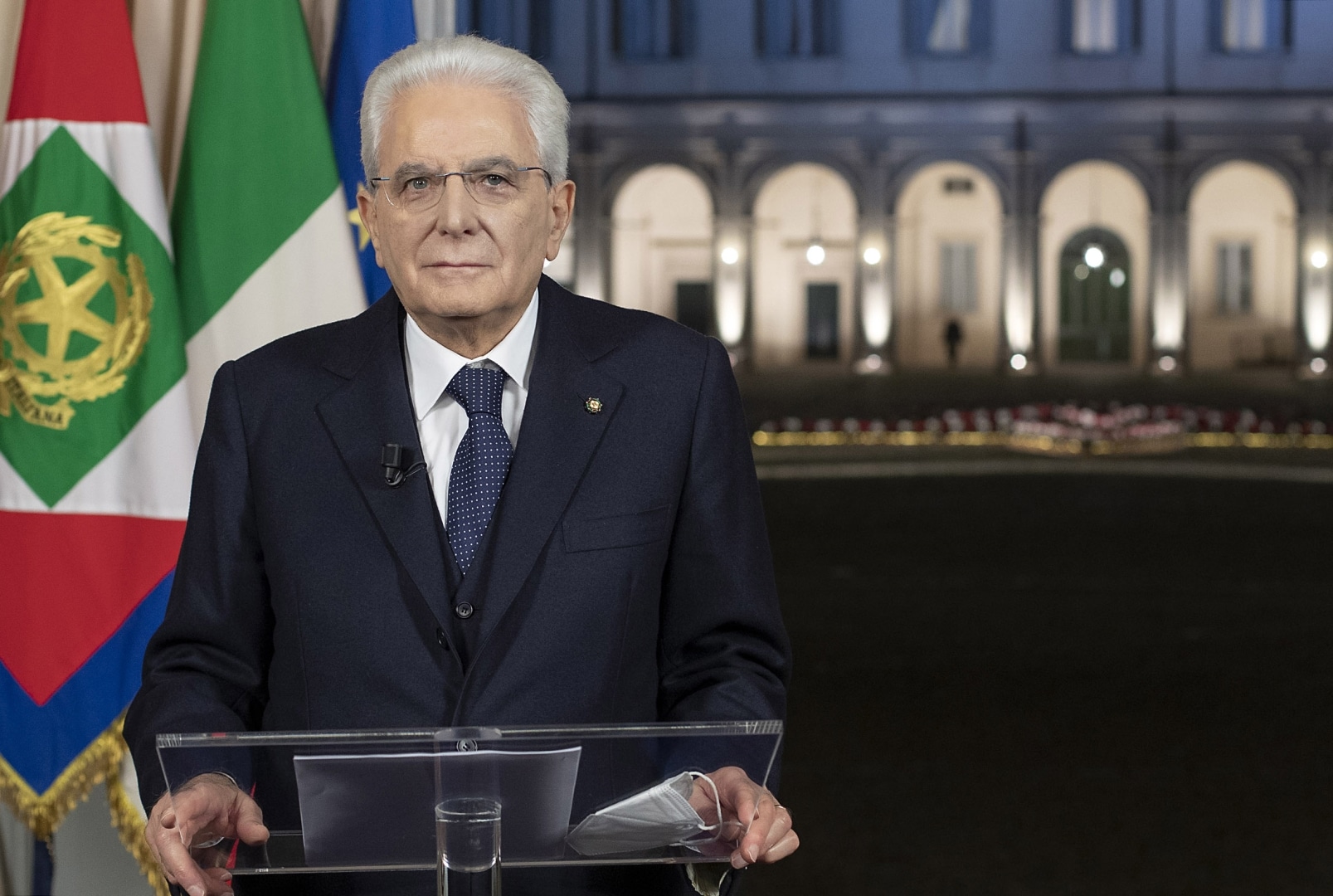Tuesday marks the end of a months-long crisis, with PM Conte resigning his post. President Mattarella is now tasked with exploring the options to build a new government as the EU watches anxiously. Here is a complete explainer on what happened, how things stand, and what to expect
On Tuesday morning, the Italian prime minister Giuseppe Conte resigned. After meeting his government’s ministers, he went to see President Sergio Mattarella at noon, a formal procedure during which he officially gave up his mandate.
The ball is now in President Mattarella’s court. Starting tomorrow, he will begin consultations with the forces in Parliament. This will probably lead to the creation of a new government, supported by existing parties and either led by Mr Conte or someone else. At this point in time, fresh elections do not seem to be a viable option – although they are far from impossible.
This is the culmination of a crisis that has been lingering over the Italian halls of power for months, although it became reality a few weeks back, when former PM Matteo Renzi withdrew his small – yet crucial – party, Italia Viva, from the governing majority which he helped build.
Since then, Mr Conte has been scouting both chambers of Parliament in hopes of collecting enough MPs to sustain a majority without Italia Viva. Tuesday morning’s event marked the end of that attempt.
To say timing is of the essence would be a massive understatement. President Mattarella himself has stressed the need to come to a solution quickly. As he accepted Mr Conte’s resignation, he told him to continue his job as the leader of what has just become a caretaker government.
Meanwhile, Italy is struggling with keeping the Covid-19 pandemic at bay, getting the mass vaccination programme running properly, keeping the economy from tanking dramatically, and drawing up an ambitious recovery plan to unlock a €209 billion European fund.
The European Union is watching anxiously to understand who will be responsible for handling the Italian recovery operation. Rome will be the biggest beneficiary of the Next Generation EU recovery package – which is funded with shared EU bonds for the first time in history – and thus it represents the biggest potential unstable variable.
The markets did not seem to worry too much about the crisis, as Italy’s stock exchange in Milan (FTSE MIB) closed at +1.16%, with the Btp-Bund spread also low. Last week, however, Moody’s (an influential rating agency) warned that Italy’s rating was at risk of falling if the country did not demonstrate the ability to spend the European funds to foster growth.
What now?
It all depends on President Mattarella and the political forces he will meet, starting Wednesday afternoon. Crucially, the outcome will also depend on the names that those forces will indicate as their next preferred PM, because that name could be capable of making or breaking the next governing coalition.
The current government is supported by the anti-establishment Five Star Movement (the biggest force, who elected Mr Conte in 2018), the centre-left Democratic Party (second biggest, has been in most of the latest governments), and the leftist party Liberi e Uguali (which is even smaller than Mr Renzi’s Italia Viva). They all back Mr Conte for a third term.
Leaders of the centre-right coalition, which encompasses most of the opposition forces, held a summit a few hours after Mr Conte’s resignation. They laid out their view in a joint statement, stressing the need for a government “with a strong parliamentary base, in a short time” and promising that they would support “all the provisions that are useful to the Italians,” such as financial relief packages.
Where do we go from here? Here is a rundown of three possible scenarios.
-
Mr Conte stays on to lead his third, shuffled-up government
Officially, the governing parties are all backing Mr Conte “without fail.” They are hoping to extend his support base in Parliament by avoiding the “unreliable” Mr Renzi and reaching out to the most moderate among centre-right MPs, although that strategy did not worked well the first time.
Mr Conte and the 5SM could still bring themselves to reconsider Mr Renzi (who remains open to rejoin the coalition under certain conditions). As a token of good faith, Ivan Scalfarotto (leading member of Italia Viva) declared that his party will not be nominating anyone for the position of PM.
Nonetheless, it is widely known that not all governing MPs support the “Conte-or-die” line, especially among the Dems. Some of them have opened the door for Mr Renzi to come back in. As for the centre-right coalition, they rejected this solution outright.
-
Mr Conte goes, the next “national unity” government is led by someone else
This someone else could be a leading member of the 5SM or the Dems, because the two parties know that a new name would be more digestible for the other political forces.
Alternatively, it could be someone else entirely, most likely an “outsider/technician,” tasked with meeting the challenges of our times with a large support base. A scenario that Mr Berlusconi, leader of Forza Italia (the most moderate and Europhile opposition party), has been openly considering. Some minor centrist forces could definitely get behind this, too.
The power of this solution lies in the creation of a stronger government, one less likely to fall like the last one did. The broader consensus base would include those pro-Europe, moderate and liberal forces (chief among which is Mr Berlusconi’s party) who do not belong to the left-leaning orbit.
Not to mention that an outsider PM would (hopefully) be less preoccupied with poll numbers and more with the health of the nation. European trust will also prove instrumental in clearing the bar that Brussels has set to access the pandemic recovery funds. It is no coincidence that all the names that have been floated as possible “technician” PMs are internationally respected experts.
-
Fresh elections in April
This is the preferred option of the centre-right coalition, made up by Mr Berlusconi’s Forza Italia, Giorgia Meloni’s Brothers of Italy and Matteo Salvini’s League (the latter is also the coalition leader), as well as several minor forces.
The coalition is projected to win around 48% of votes, should Italy vote today – enough to build a comfortable majority.
As shown by other European countries, voting during a pandemic is indeed possible. However, many resist the idea on the grounds of it being the least efficient solution in terms of time waste and organisational challenges.
The nation must tackle the pandemic, mass vaccinations, the ailing economy and the recovery plan (which must be sent to – and approved by – Brussels by April). At this junction, wasted time may translate quite directly into lost lives, lost funds, and lost opportunities.








